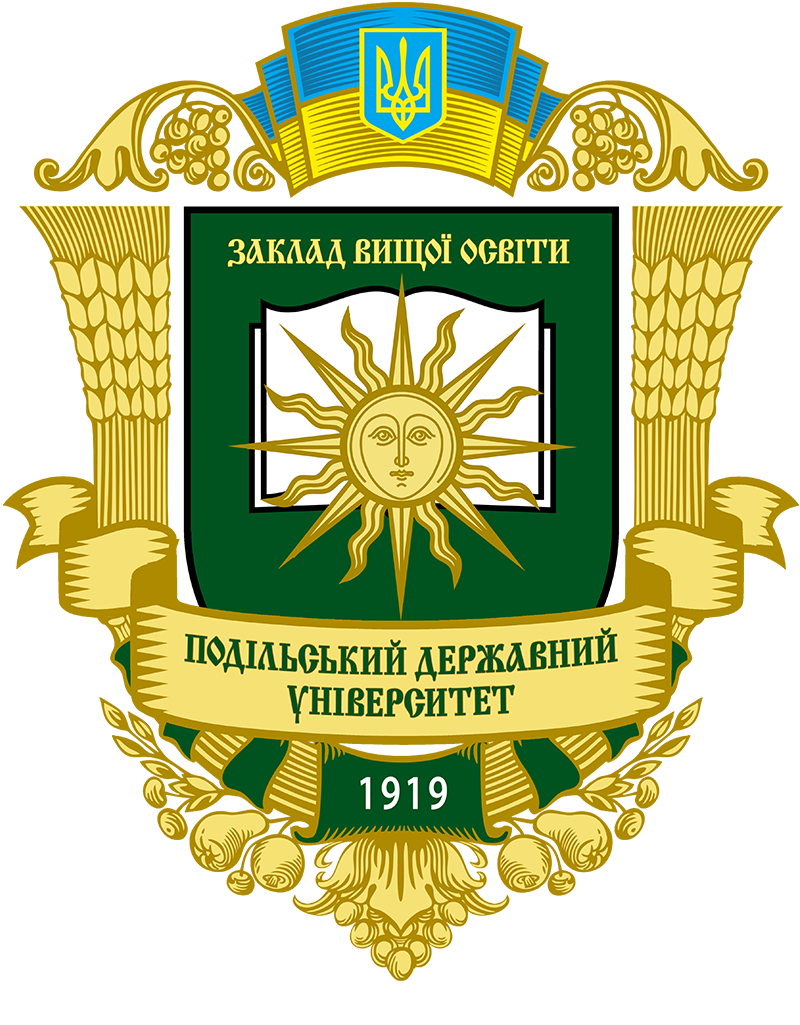CULTURAL INTERPRETATION OF COLOR PHRASEOLOGY
DOI:
https://doi.org/10.37406/2521-6449/2024-1-5Keywords:
phraseology, color vocabulary, language level system, phraseological units, phraseological unitAbstract
Man’s perspective is fundamentally shaped by color, and this is mirrored in the national language. The research looks into the issue of color names being used in idioms differently in English and Ukrainian. The names of colors often take on entirely new semantic nuances as part of the phraseology, losing their original meaning. Certain idioms allow one to discern the meaning of a single component, while others make it hard to do so since the meaning of the phrase is created by the interplay of all of its constituent parts. Each component’s semantics appear differently in different kinds of idioms. Different people interpret color differently and perceive it differently. As a result, several languages represent the world’s broad color spectrum. Thus, a country’s cultural and historical traditions and customs – that is, its history, culture, way of life, etc. – completely define its attitude toward colors. The article highlights the results of research into the components of phraseological units and the characteristics of those lexemes whose denotative meaning is the sign of color. We will call such lexemes coloronyms (from Latin color – color, Greek onima – name). Therefore, the attitude to colors is completely determined by the cultural and historical traditions and customs of the people, i.e., its history, culture, lifestyle, etc. According to the results of a comparative analysis of the use of coloronyms in the Ukrainian and English languages, it was found that coloronyms in the composition of phraseological units have different degrees of deactualization. A certain percentage is made up of phraseological units, the composition of which includes lexemes for the designation of color in their direct meaning. In some other cases, the psychological interpretation of color was the main factor in the formation of the meaning of the phraseology. Despite some differences in the use of coloronyms in the studied languages, the vast majority of phraseological units of the English language containing the names of colors retain their structure when translated into Ukrainian. Color is an integral part of a person’s perception of the world, which is also reflected in the language of the people.
References
Баранцев К. Т. Англо-український фразеологічний словник. Київ : Радянська школа, 1969. 1052 с.
Kay P. Color. Key terms in language and culture. New-York: Alessandro Duran Blackwell Publishers, 2001.
Kay P. The Linguistic Significance of the Meanings of Basic Color Terms. Language. 1978. № 54 (3). Р. 610–646.
Кочерган М. П. Контрастивна семантика на порозі нового тисячоліття. Проблеми зіставної семантики. 2001. Вип. 5. С. 3–8.
Кушнерик В. І, Філіпчук У. С. Особливості сприйняття фразеологізмів з колоронімами. Наука і освіта 2005 : матеріали VIII Між народ. конф. Том 3. Дніпропетровськ : Наука і освіта, 2005. С. 28–31.
Білоноженко В. М., Гнатюк І. С., Дятчук В. В. Словник фразеологізмів української мови. Київ : Наукова думка, 2003. 1098 с.
Birren F. Color psychology and color therapy: A factual study of the influence of color on human life. N.Y., 1961. cop. 302.
The Oxford Dictionary of English Proverbs. Ed. : W. G. Smith. 2nd ed. Oxford : Oxford University Press, 1963.
Longman American Idioms Dictionary. London: Longman Publishing, 1999.
Longman Dictionary of English Idioms. London: Longman Publishing, 1996.








